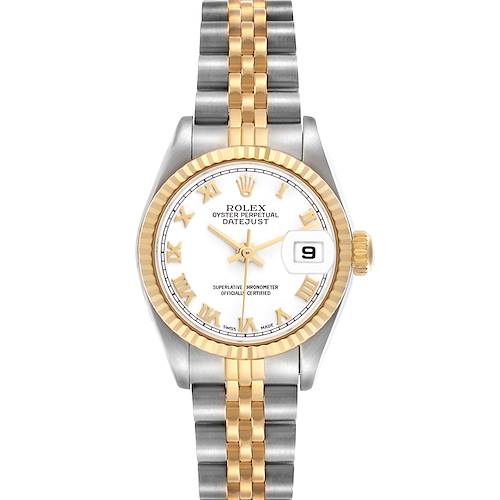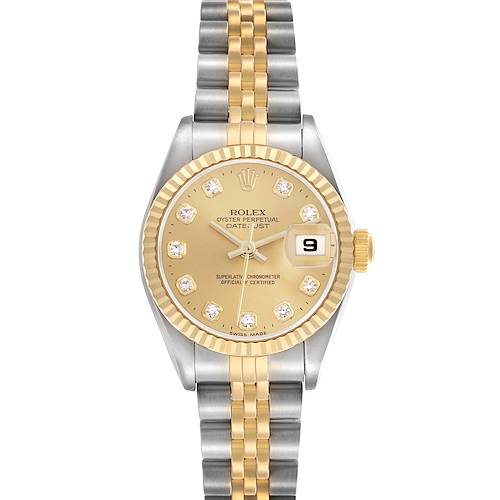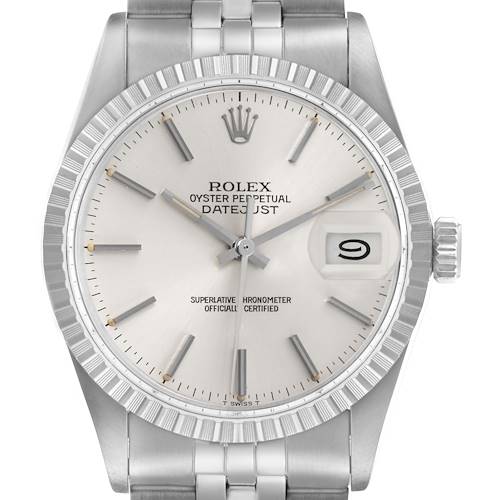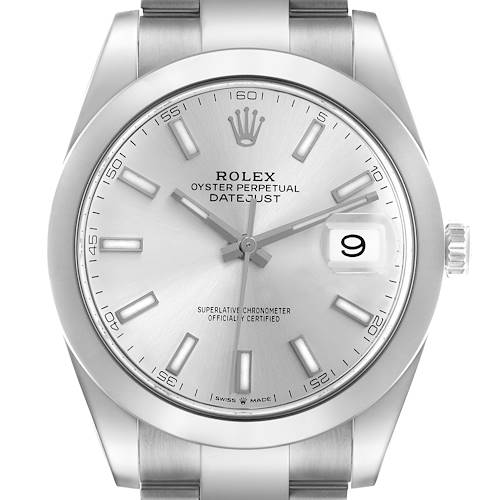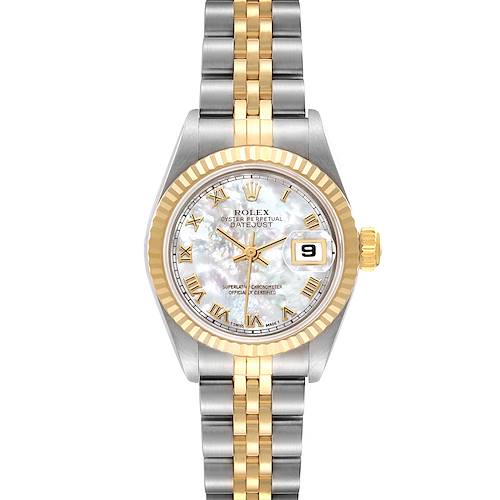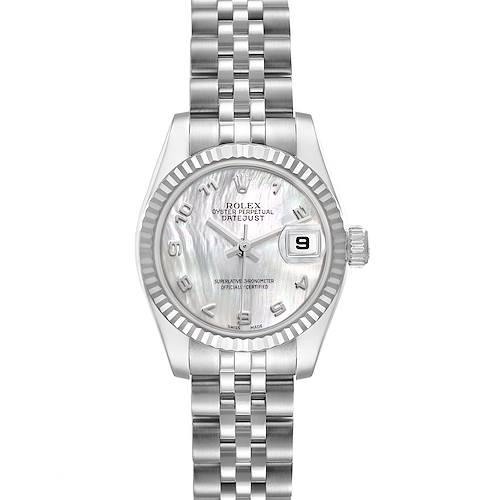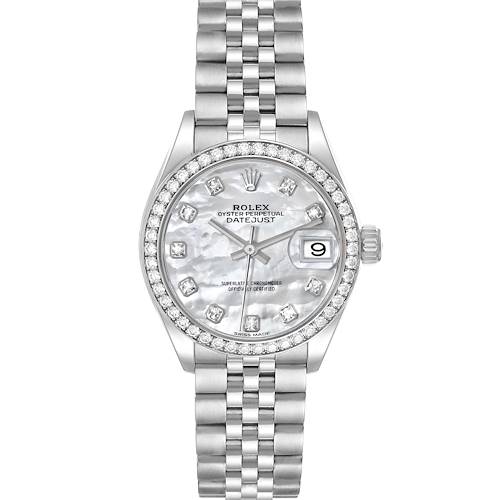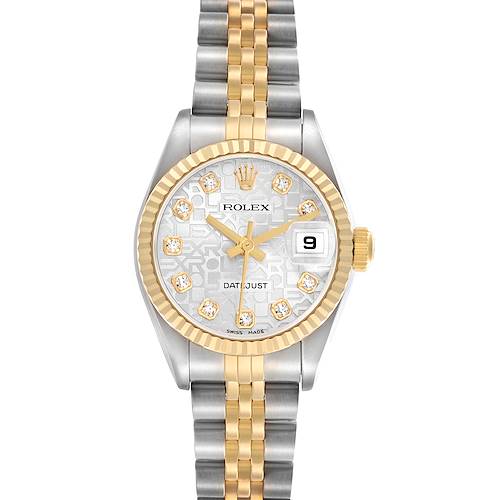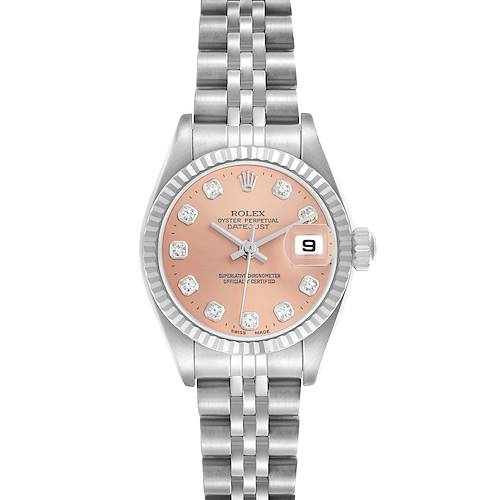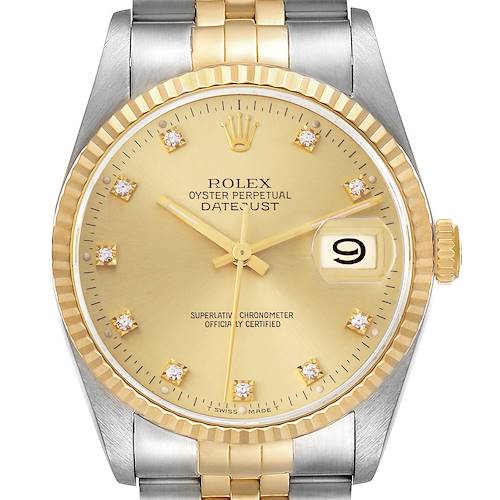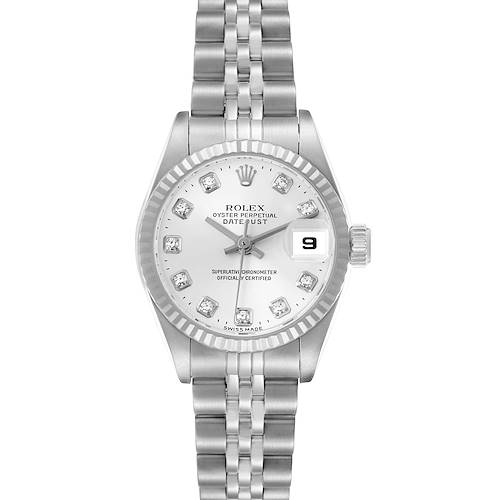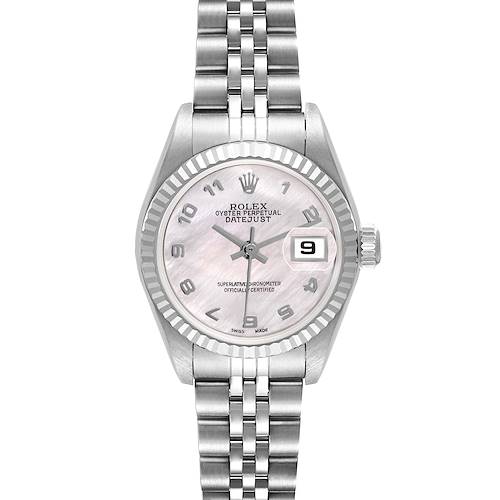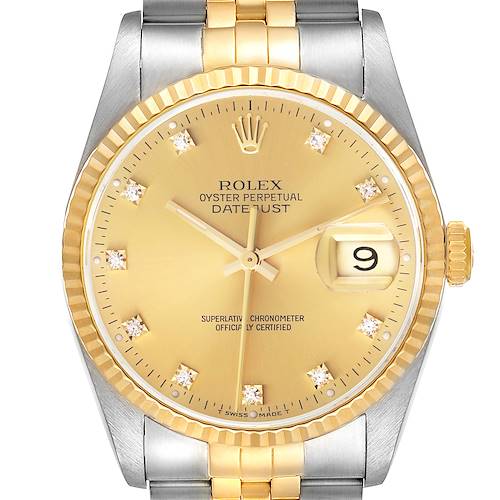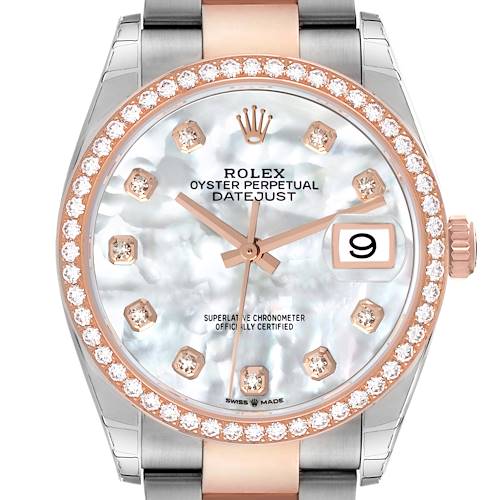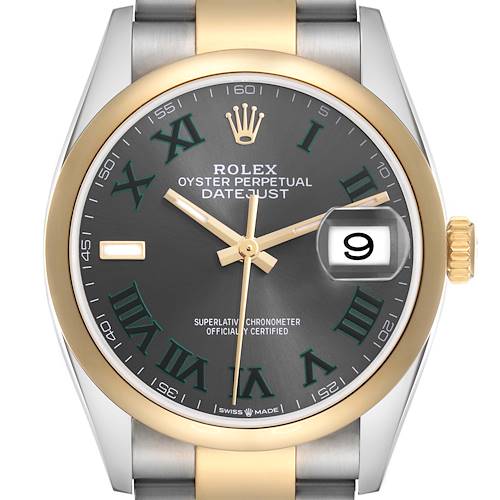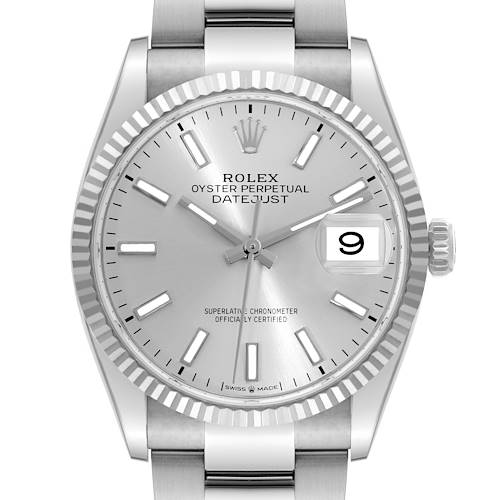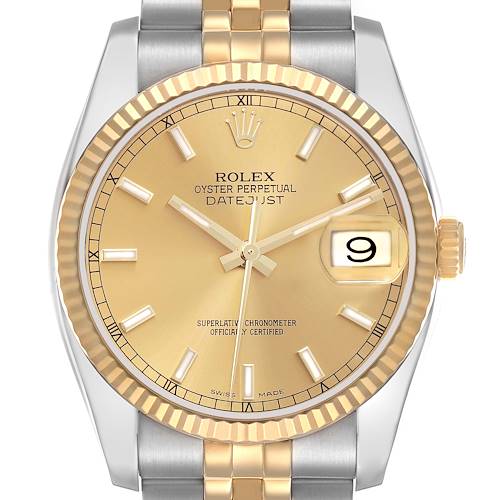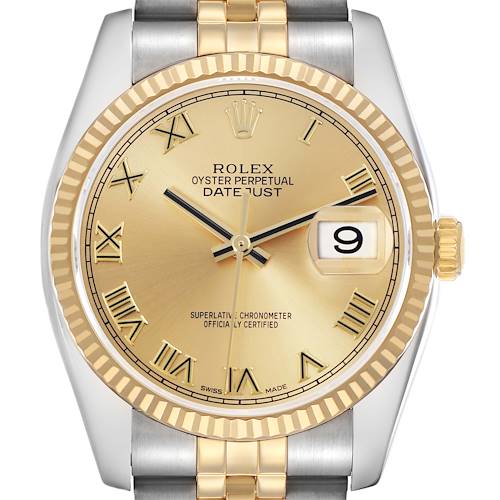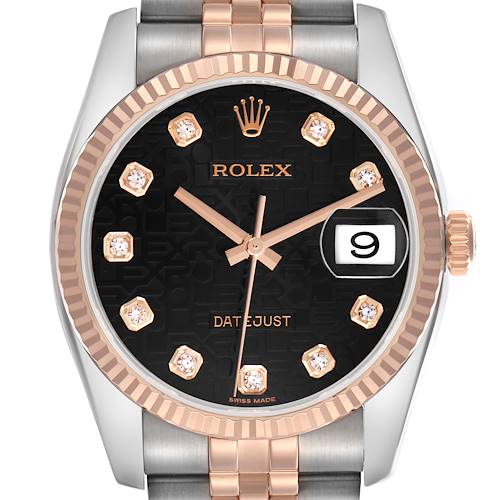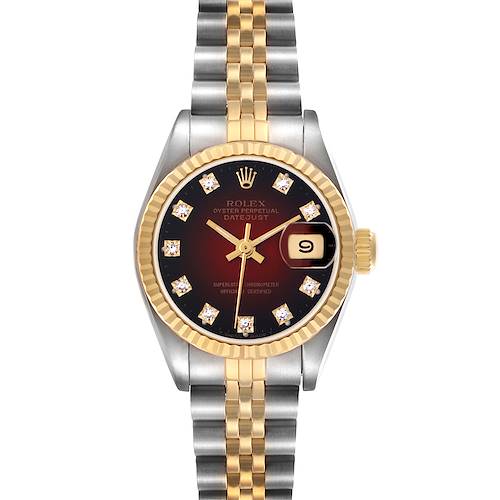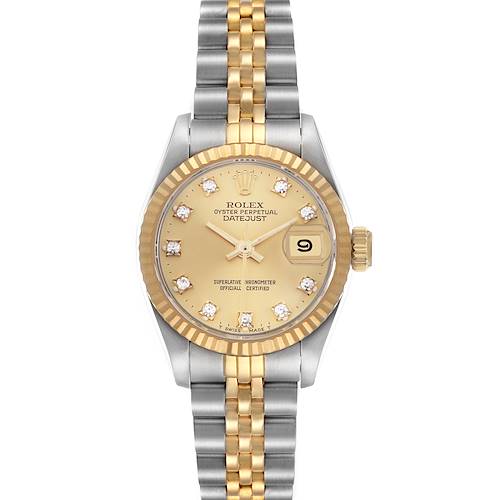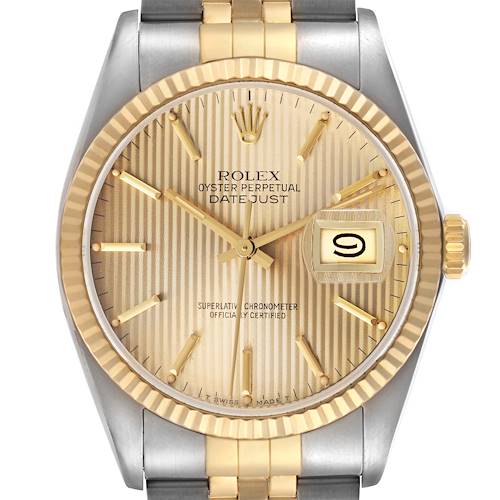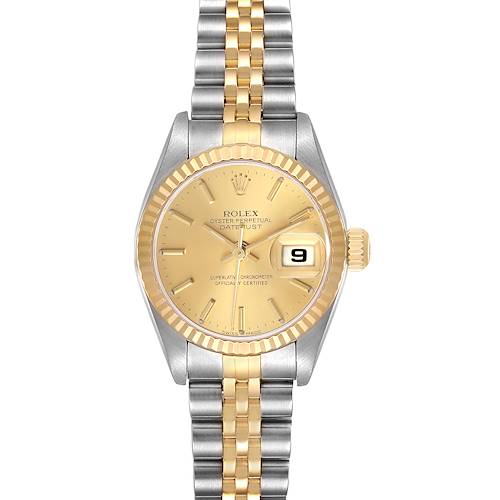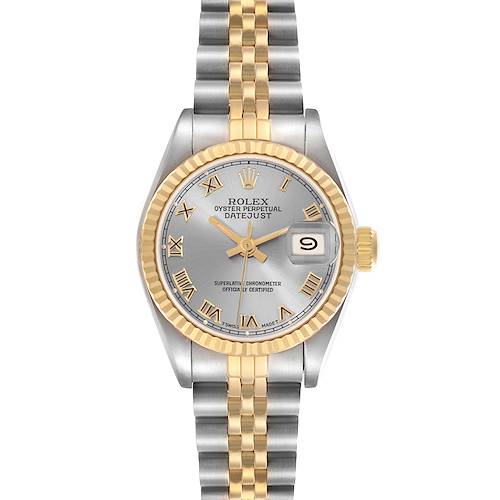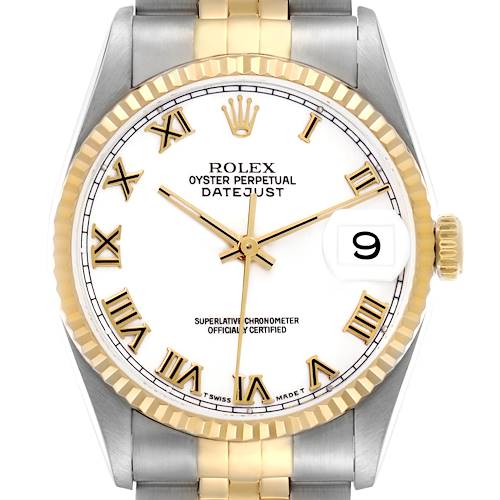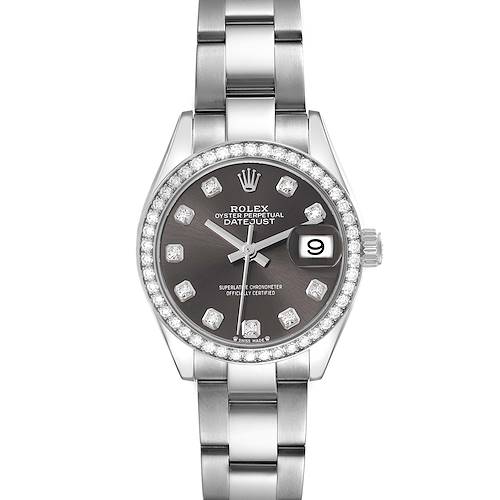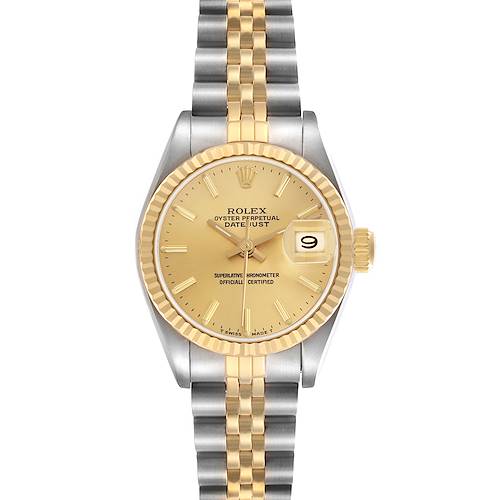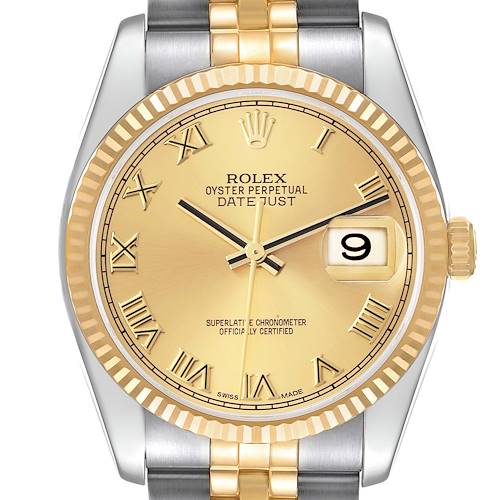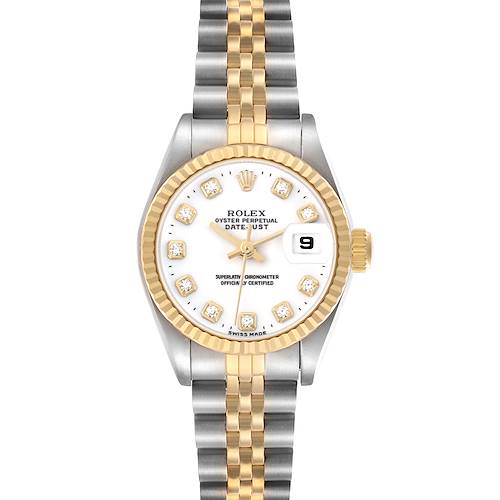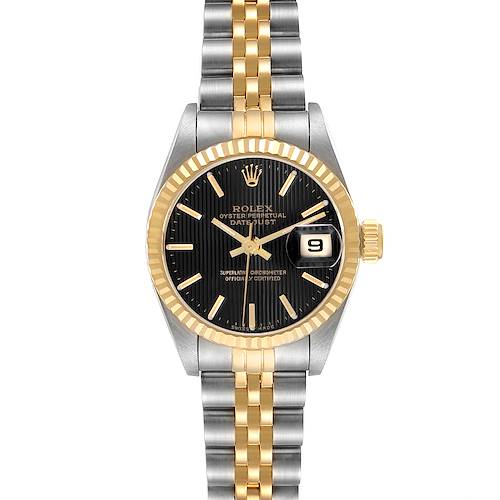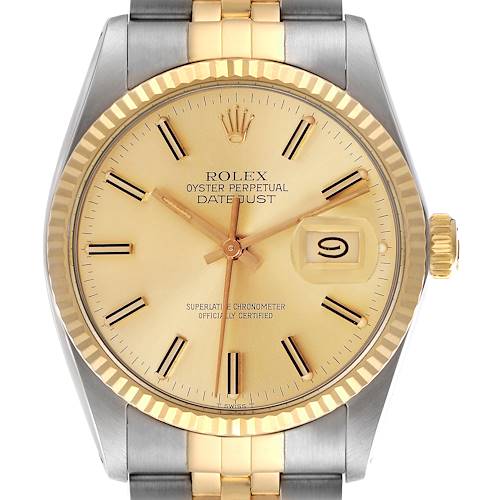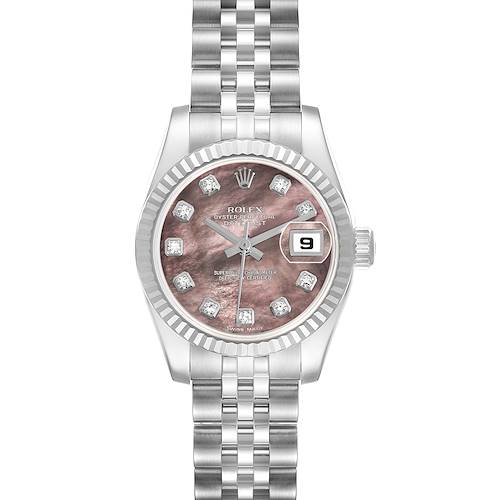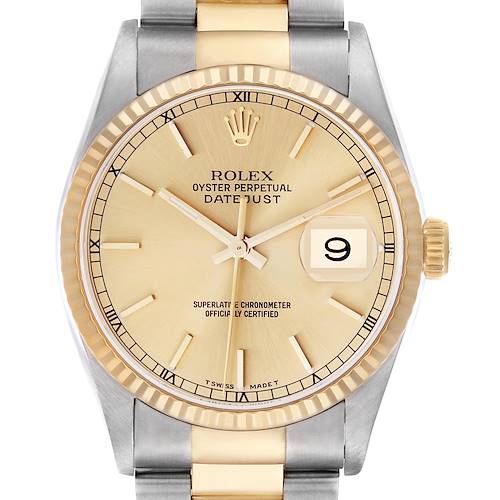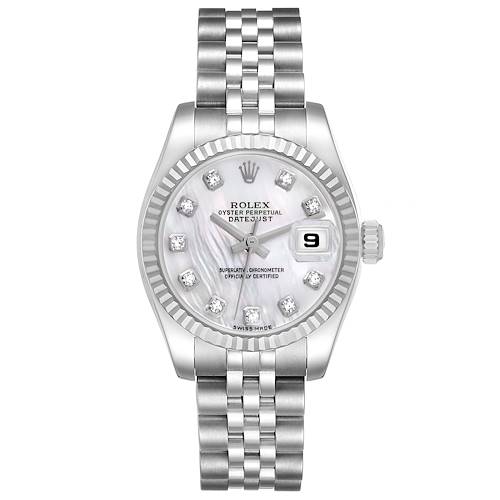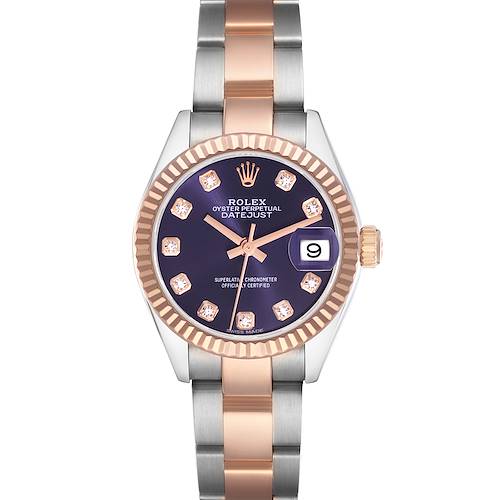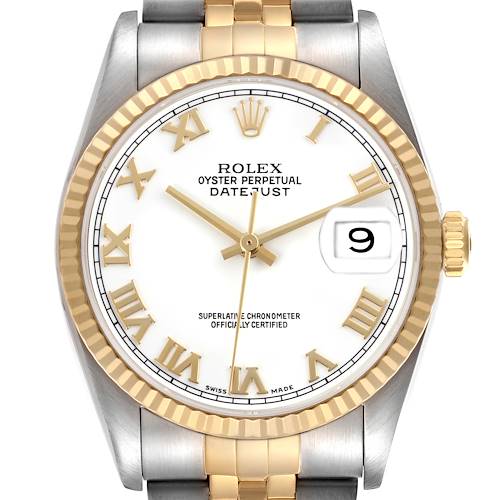- CALL US (404) 814-1814
- LIVE SUPPORT
- EMAIL US
-
WISHLIST (0)
-
CART(0)
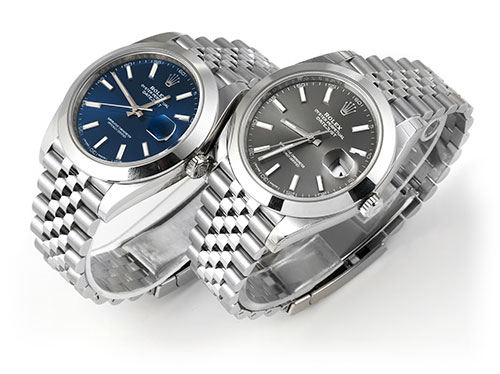
Rolex Oyster Perpetual Datejust Watches
9,107 MATCHES FOUND
IN STOCK
The Rolex Oyster Perpetual Datejust has long been a standout in the world of luxury watchmaking. Since its debut in 1945, it has been considered a trailblazer for introducing the date window feature in self-winding chronometer wristwatches, setting a new standard for the industry. This seemingly simple innovation has now become a symbol of high-end timepieces. The Datejust's elegant design, featuring an Oyster case and intricate Jubilee bracelet, sets it apart from its peers, commanding just the right amount of attention.
Rolex has stayed true to the Datejust's original charm while also expanding its appeal to a wider audience, through the introduction of new models like the Datejust 41 and Lady-Datejust, offering a range of sizes to suit varied preferences. The versatility of the Datejust's design makes it suitable for both formal occasions and everyday wear, with options available in stainless steel or gold finishes that exude sophistication in any setting.
At SwissWatchExpo, our dedicated team is committed to delivering exceptional quality and service, whether you're shopping online or in our showroom in Buckhead, Atlanta. We take pride in offering a carefully curated collection of authentic, pre-owned Rolex Datejust watches. Whether you're an experienced collector or a first-time buyer, you can rely on us to provide a seamless and enjoyable shopping experience. Explore our online inventory with confidence, knowing that the watch you see is exactly what you'll receive in your hands.
How to Sell My Rolex Datejust
Sell or trade-in your Rolex Datejust for the best price with SwissWatchExpo. SwissWatchExpo makes it easy to sell or trade in your used or pre-owned Rolex Datejust to keep your luxury watch collection fresh!
Frequently Asked Questions
What Is A Rolex Datejust?
The Rolex Datejust is a classically-designed self-winding chronometer wristwatch introduced by Rolex in 1945. It is characterized by an Oyster case and a date display at 3 o’clock.
Is The Rolex Datejust A Good Watch?
The Rolex Datejust has been a staple of the Rolex catalog since its debut in 1945, making it one of the brand’s oldest models still in production. Its classic design – with an Oyster case, date aperture at 3 o’clock, and a choice between Oyster and Jubilee bracelets – has changed very little over the decades. With a classic design and a wide variety of styles on offer, the Rolex Datejust is a great watch for those who want an all-occasion timepiece.
How Can I Tell If My Rolex Datejust Is Real?
The illustrious status of the Rolex Datejust makes it a target of many counterfeiters. Being a Rolex, the Datejust is made to the highest standards and using the highest-quality materials. Before buying your watch, look for any signs of sub-standard manufacturing. For example, check for any missing or misaligned text, see if the Cyclops lens is perfectly centered over the date, and lookout for a seconds hand that jumps from one second to the next, instead of a sweeping motion. If even the smallest detail comes across as shoddy, you can be certain that it’s not a real Rolex.
When buying a luxury watch, it is essential to do research on your chosen model and reference. Becoming familiar with your chosen watch’s details will help you more easily spot a fake. As we always advise clients, your best defense against buying a fake timepiece is to get your watch from a reputable and trusted dealer, such as SwissWatchExpo who can provide a guarantee of authenticity on the watch.
How Often Should A Rolex Datejust Be Serviced?
Rolex generally recommends for professional servicing every 10 years to maintain your watch’s accuracy and waterproofness. However, this would all depend on how your watch is used and stored. There may be signs that your watch needs a service sooner rather than later.


